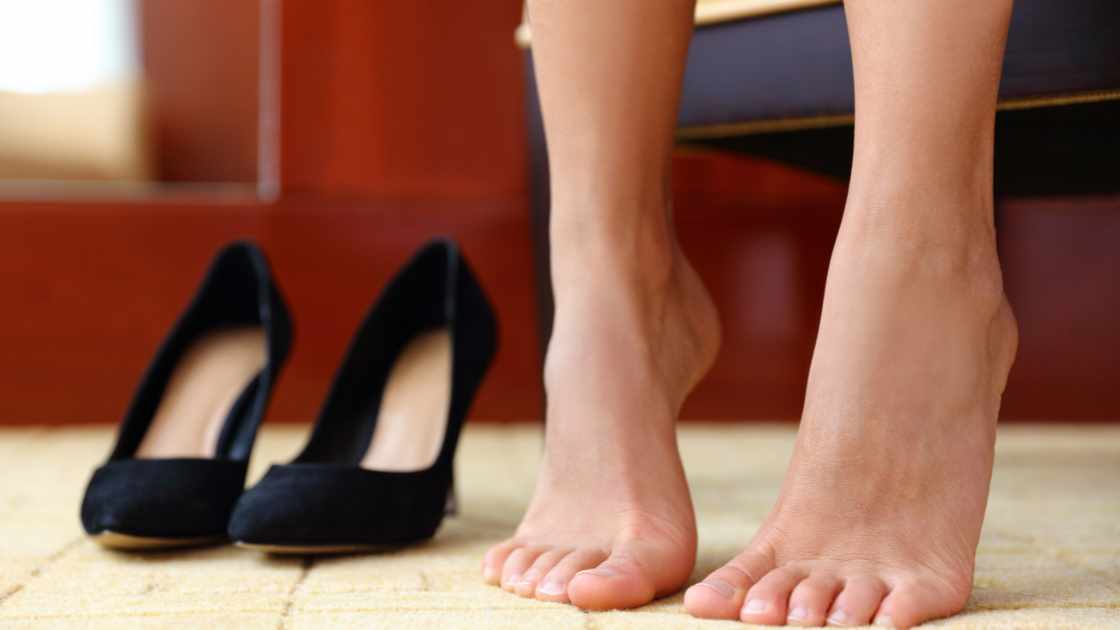How Exercise Can Help Manage Anxiety and Depression
Anxiety and depression are two of the most common mental health challenges faced by people today. While therapy, medication, and other treatments are effective for many, exercise has proven to be a powerful and accessible tool in managing these conditions. Whether it’s a brisk walk, a yoga session, or a full workout, physical activity can have a significant positive impact on mental health.
How Exercise Can Help Manage Anxiety and Depression The Science
Behind Exercise and Mental Health
When you exercise, your body releases chemicals called endorphins, which act as natural mood boosters. These chemicals interact with receptors in your brain to reduce the perception of pain and produce a feeling of euphoria, often referred to as the “runner’s high.” Beyond endorphins, exercise helps reduce levels of stress hormones such as cortisol and adrenaline, which are commonly linked to anxiety and depression.
Exercise also promotes neurogenesis, the growth of new neurons in the brain, particularly in the hippocampus—a region that’s often smaller in individuals suffering from depression. This increased brain activity can improve mood and cognitive function, reducing the symptoms of both anxiety and depression.
How Exercise Helps with Anxiety
For people with anxiety, exercise can act as a natural anxiety-reliever. It helps reduce tension and stress, boosts physical and mental energy, and enhances overall well-being through the release of endorphins. The repetitive and rhythmic nature of activities like walking, running, or cycling also provides a calming effect, similar to meditation.
Exercise distracts you from your worries by forcing you to focus on your body and physical surroundings, breaking the cycle of negative thoughts. Aerobic activities, such as running or swimming, have been shown to reduce anxiety sensitivity, helping individuals feel less fearful of the physical sensations associated with anxiety (like a racing heart or shortness of breath).
How Exercise Helps with Depression
Depression can create a cycle of inactivity, as low energy and lack of motivation make it hard to engage in physical activity. However, once you get moving, even for a short time, exercise can break this cycle. Regular exercise increases the production of serotonin, dopamine, and norepinephrine—chemicals in the brain that help regulate mood.
Studies show that people who exercise regularly report fewer symptoms of depression. Even moderate physical activity, like walking for 30 minutes a few times a week, can lead to significant improvements in mood and energy levels. Exercise also promotes better sleep, which is often disrupted in those with depression, and helps improve self-esteem, as individuals feel a sense of accomplishment after completing a workout.
Types of Exercise That Can Help
While any form of physical activity can be beneficial, certain types of exercise are particularly effective for managing anxiety and depression:
- Aerobic Exercise: Running, swimming, biking, or dancing can increase heart rate and release endorphins, reducing stress and anxiety.
- Strength Training: Lifting weights or doing bodyweight exercises can improve mood, enhance self-esteem, and provide a sense of control over your body.
- Yoga: Combines physical postures with deep breathing and meditation, helping to calm the mind, reduce stress, and ease anxiety.
- Walking: A simple, accessible form of exercise that can be done anywhere. Walking in nature has the added benefit of reducing stress and boosting mood through exposure to natural environments (a practice known as “ecotherapy”).
- Mindful Movement Practices: Tai Chi and Pilates incorporate breathing, concentration, and fluid movements that can help calm the mind and reduce anxiety.
How to Get Started
If you’re new to exercise or have been inactive for a while, start small. Even just 10 minutes of physical activity a day can make a difference. Gradually build up to more frequent or longer sessions, depending on how you feel. The key is consistency—regular exercise, even at low intensity, can lead to improvements in mood and anxiety management over time.
Here are a few tips to get started:
- Set Small, Achievable Goals: Start with short, manageable activities like walking for 10 minutes or stretching each morning. As you meet these goals, you’ll feel more confident and motivated to do more.
- Choose Activities You Enjoy: You’re more likely to stick with an exercise routine if you enjoy it. Whether it’s dancing, hiking, swimming, or playing a sport, find something that makes you feel good.
- Incorporate Movement into Your Day: Take the stairs, walk around during phone calls, or do some stretching while watching TV. Small bouts of activity add up and can help improve your mood throughout the day.
- Listen to Your Body: It’s important to honor your body’s limits, especially if you’re dealing with fatigue or low energy. Exercise shouldn’t feel like a chore; it should feel good and help you relax.
Social Benefits of Exercise
Another important aspect of exercise is its social component. Group activities like joining a fitness class, playing a team sport, or simply going for a walk with a friend can help combat feelings of isolation, which often accompany anxiety and depression. Being around others who share similar interests can boost your mood and provide a sense of community, which is essential for mental well-being.
Long-Term Benefits of Exercise
The benefits of exercise extend far beyond the immediate mood boost. Over time, regular physical activity can make you more resilient to stress, help you develop healthier sleep patterns, improve your focus, and enhance your self-esteem. Additionally, the sense of routine and structure that comes from committing to regular exercise can provide a sense of control during difficult times.
FAQ
How does exercise help with anxiety and depression?
Exercise boosts the production of endorphins, which improve mood, and reduces stress hormones like cortisol. It also enhances sleep, increases self-esteem, and provides a distraction from negative thoughts.
What type of exercise is best for anxiety and depression?
Aerobic exercises (like running, walking, or cycling), strength training, and mindful activities like yoga are particularly effective. Even light exercise like walking can help improve mood.
How often should I exercise to manage anxiety or depression?
Aim for about 30 minutes of moderate exercise most days of the week. Even short bursts of 10-15 minutes can improve mood, so it’s more about consistency than duration.
Conclusion
Exercise is a powerful, natural remedy for anxiety and depression. It helps reduce stress, improves mood, and boosts energy levels, making it an essential part of mental health management. While it may be challenging to start, especially during difficult periods, even small amounts of regular physical activity can make a big difference. Whether it’s through walking, yoga, or strength training, finding a way to incorporate exercise into your routine can offer lasting benefits for both your body and mind.









